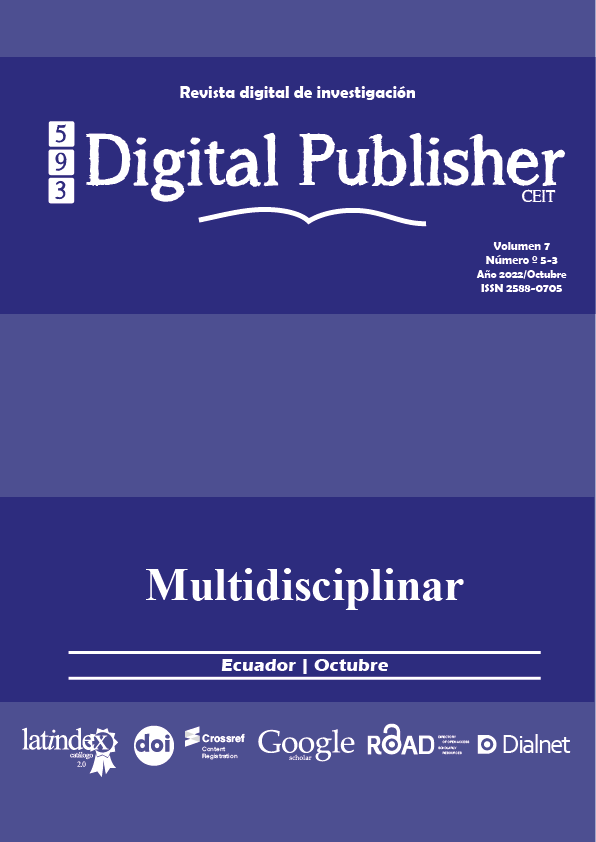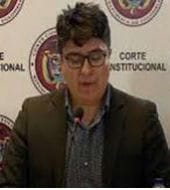Analysis of the progressive use of force and its effects in the criminal field
Main Article Content
Abstract
The objective of this research is to analyze in a legal and conceptual manner the progressive use of force and the effects that this has on Ecuadorian criminal law, in order to guarantee citizen security established in the internal codes and regulations of the force. to allow police officers to act without excesses and therefore citizens can enjoy their rights more effectively. It is necessary to analyze whether there is a violation of the rights, freedoms and guarantees of citizens in the absence of clear regulations and the possibility of pardons and legal assistance due to the existing vacuum in the country regarding the progressive use of force, the causes and the consequences it produces, since there is a wide controversy between the regulations which has led to various criticisms from citizens, police officers and legislators. It is necessary to propose legal reforms in the Ecuadorian legal framework that contribute to the legislator recognizing the elements, hypotheses and typicity that must concur to materialize the progressive use of force, this is very important, because if we review the current article 30 of the Organic Code Comprehensive Criminal Law (COIP), is limited to establishing that there is no criminal offense when acting in compliance with a "legal duty", as a cause of exclusion of unlawfulness, which opens a huge gap in the interpretation of how it should be done. understand the “legal duty”.
Downloads
Article Details

This work is licensed under a Creative Commons Attribution-NonCommercial-ShareAlike 4.0 International License.
1. Derechos de autor
Las obras que se publican en 593 Digital Publisher CEIT están sujetas a los siguientes términos:
1.1. 593 Digital Publisher CEIT, conserva los derechos patrimoniales (copyright) de las obras publicadas, favorece y permite la reutilización de las mismas bajo la licencia Licencia Creative Commons 4.0 de Reconocimiento-NoComercial-CompartirIgual 4.0, por lo cual se pueden copiar, usar, difundir, transmitir y exponer públicamente, siempre que:
1.1.a. Se cite la autoría y fuente original de su publicación (revista, editorial, URL).
1.1.b. No se usen para fines comerciales u onerosos.
1.1.c. Se mencione la existencia y especificaciones de esta licencia de uso.




